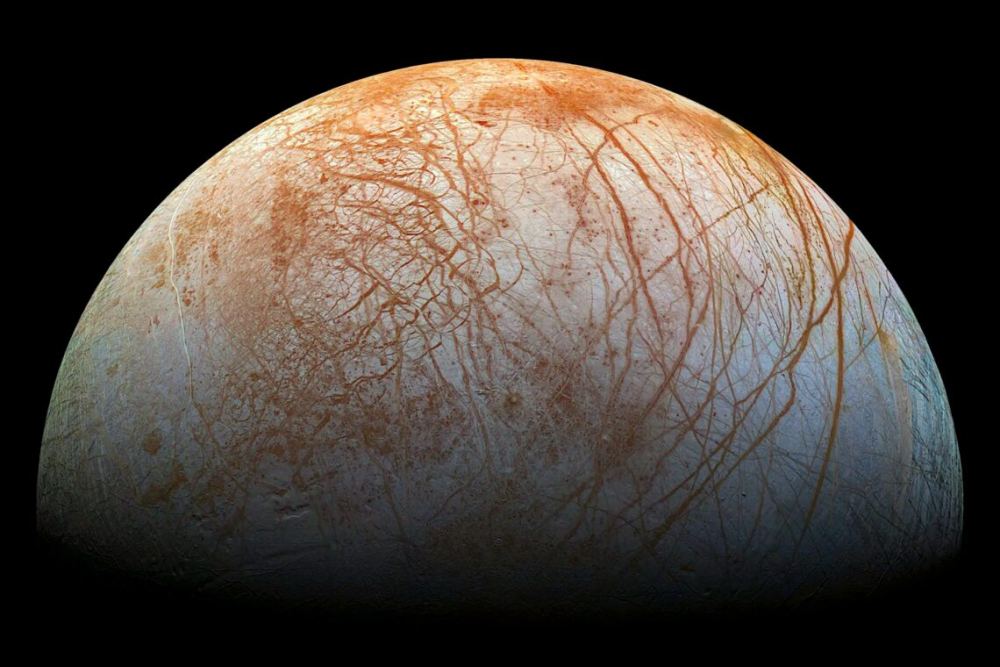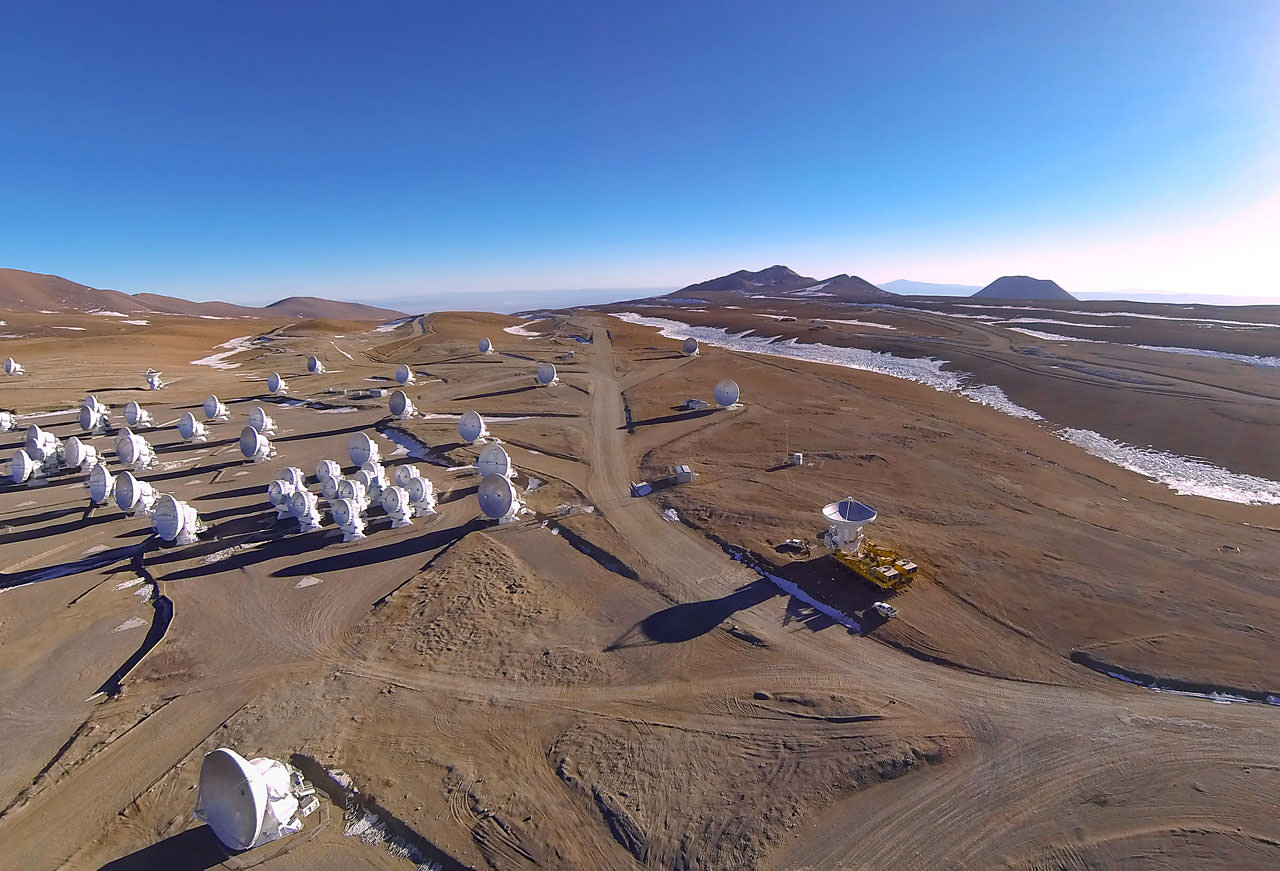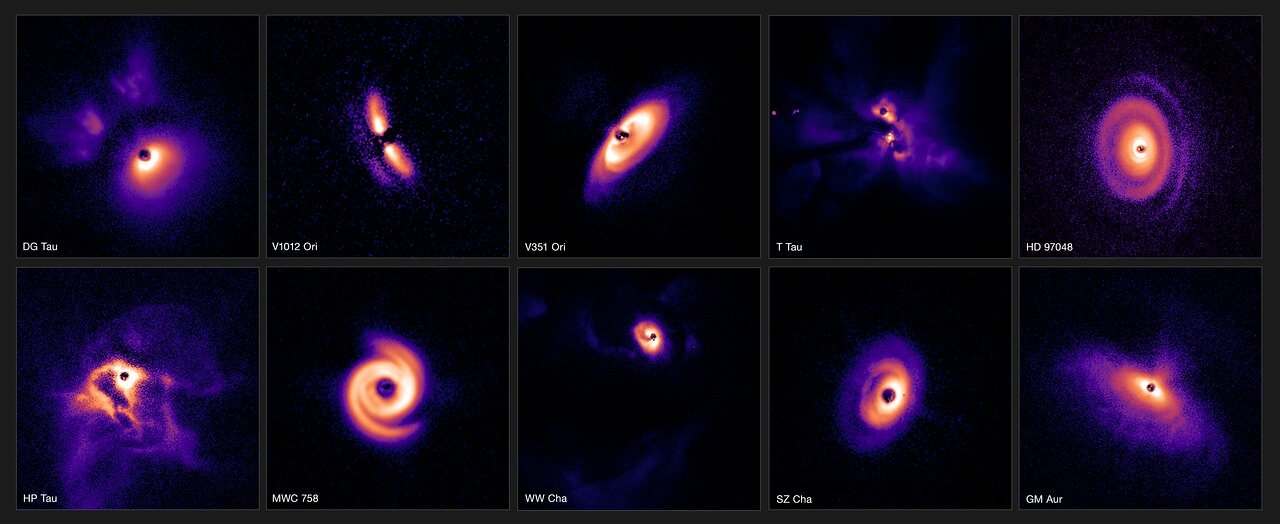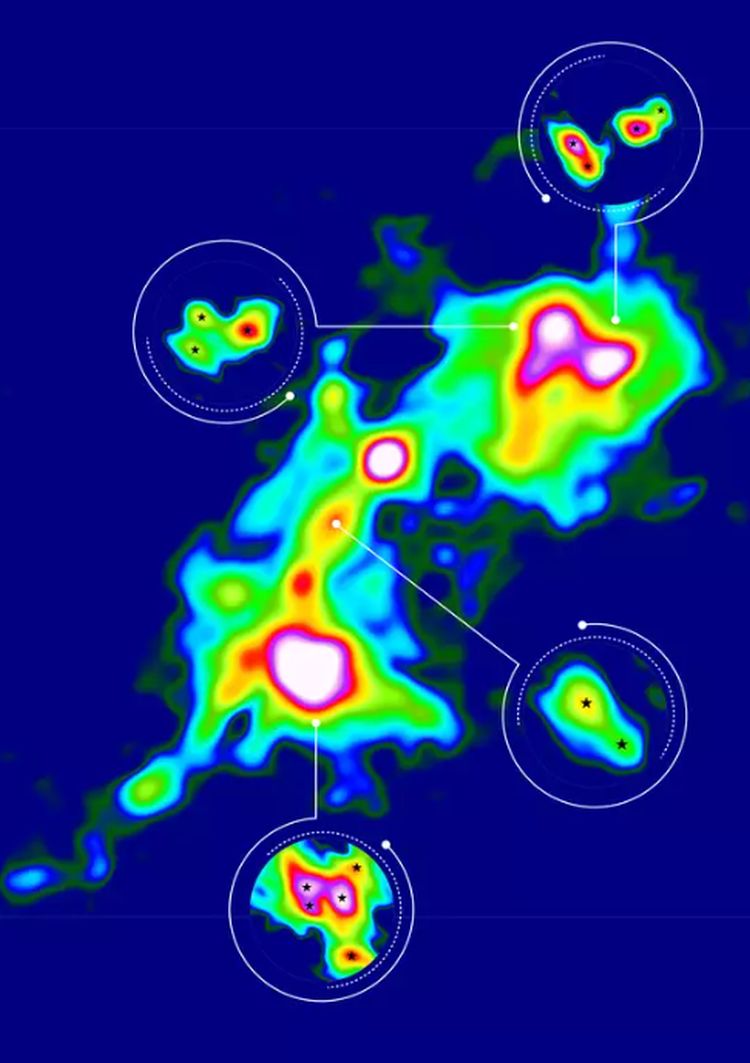In the contemporary Universe, massive galaxies are plentiful. But the Universe wasn’t always like this. Astronomers think that galaxies grew large through mergers, so what we see in space is the result of billions of years of galaxies merging. When galaxies merge, the merger can feed large quantities of gas into their centers, sometimes creating a quasar.
Much of this is theoretical and shrouded in mystery, but astronomers might have found evidence of a galaxy merger creating a quasar.
Continue reading “This Ancient Galaxy Merger Will Produce a very Luminous Quasar”




![Artist’s impression of one of the two stars in the FU Orionis binary system, surrounded by an accreting disk of material. What has caused this star — and others like it — to dramatically brighten? [NASA/JPL-Caltech]](https://www.universetoday.com/wp-content/uploads/2020/02/PIA20689_fig1.jpg)




